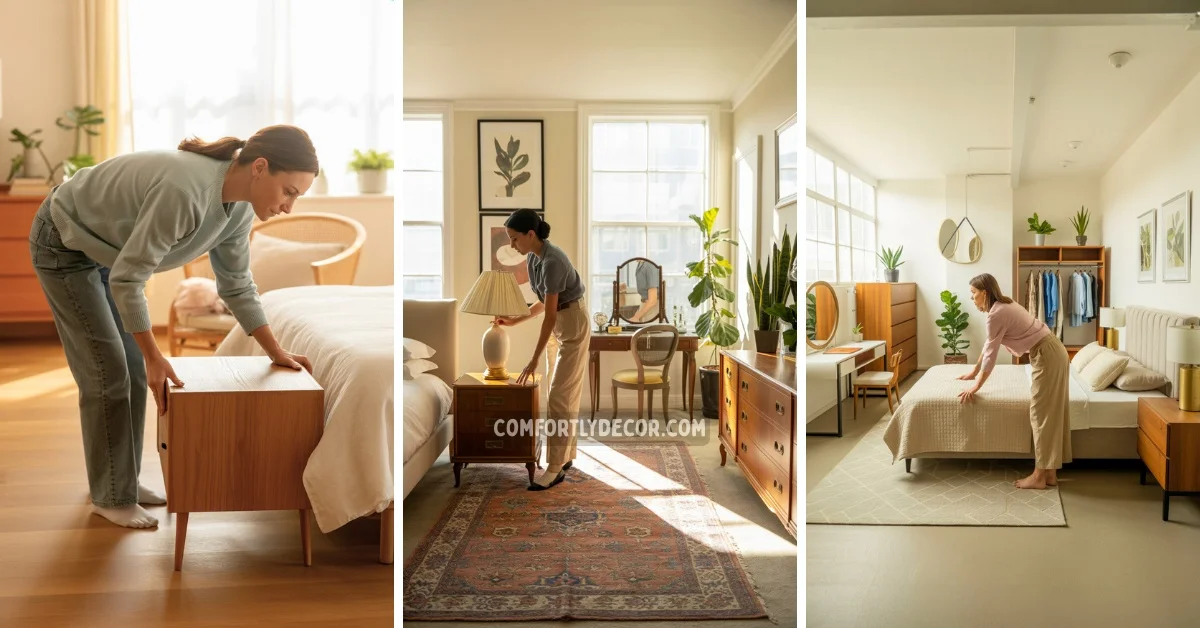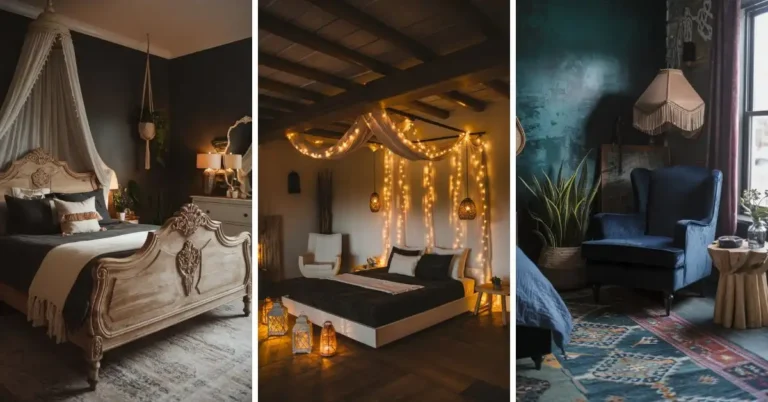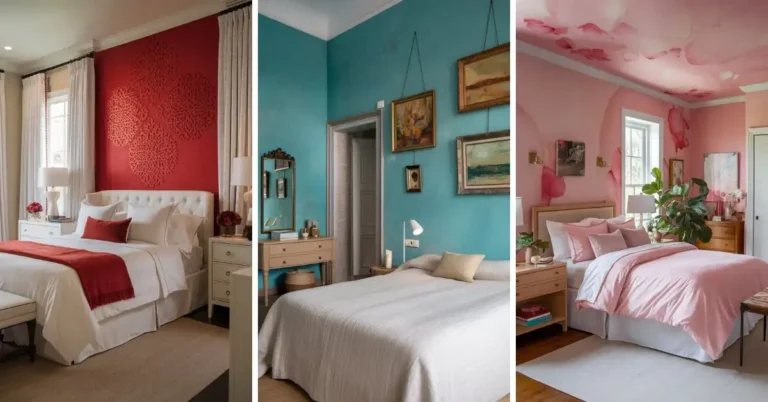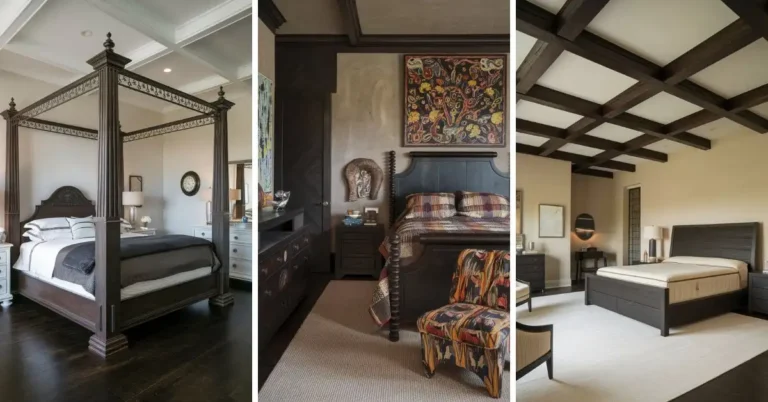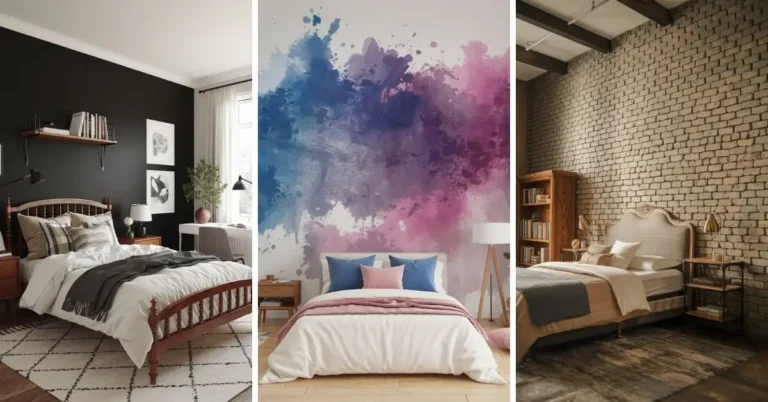How to Arrange Your Bedroom Furniture For Maximum Space & Harmony
Staring at your bedroom and feeling like something is… off? I get it. You can have the most beautiful furniture in the world, but if it is arranged poorly, the whole room just feels wrong. The flow is weird, it looks cluttered, and frankly, it kills the vibe. A well-arranged bedroom is not just about looking good; it is about creating a space that actually helps you relax and recharge.
Let’s be real, figuring out how to arrange bedroom furniture can feel like a high-stakes game of Tetris. But don’t worry, I have moved my bedroom furniture around more times than I can count, and I have picked up a few tricks along the way. I will walk you through how to nail your layout, no interior design degree required.
First, What’s the Room For?
Before you start dragging that heavy dresser across the floor, take a second. What do you actually do in your bedroom? Is it purely a sanctuary for sleep? Or is it also your WFH office, your late-night Netflix spot, and your personal yoga studio?
Knowing the room’s main purpose will dictate every decision you make. If sleep is the priority, you’ll want a minimalist setup that promotes calm. If it’s a multi-functional space, you’ll need to create distinct zones. Be honest with yourself here—it’s the foundation of a good layout.
Find Your Focal Point
Every room has a natural focal point, and in the bedroom, it’s almost always the bed. It’s the star of the show. The best spot for your bed is typically against the main, uninterrupted wall you see when you walk in. Why? It creates a sense of balance and grandeur, even in a small room.
If you have a beautiful set of windows, placing your bed in front of them can also look amazing, as long as it doesn’t block the view or make them hard to open. The goal is to create symmetry. Your bed placement sets the stage for everything else.
The Rules of Bed Placement
Okay, “rules” might be a strong word, but these are some seriously good guidelines for how to arrange bedroom furniture without causing chaos.
Don’t Block Traffic:
Your bed shouldn’t obstruct doorways or natural pathways. You need to be able to walk in and out of the room without doing a weird side-shuffle.
Pick the Right Wall:
The wall opposite the door is often the best choice for your headboard. This creates a welcoming view and follows the principles of feng shui, which suggests having a clear line of sight to the door.
Center for Balance:
Whenever possible, center the bed on its wall. This creates a satisfying sense of symmetry and makes placing other furniture, like nightstands, much easier.
Place Your Supporting Cast
Once your bed has found its home, it’s time to bring in the supporting furniture. These are the pieces that add function and style to the room.
Dressers and Wardrobes
These are usually the next biggest items. Place your dresser on a wall that has enough space for you to open drawers without bumping into anything. If you’re tight on space, think vertical. A tall, narrow dresser takes up less floor space than a long, low one. Wardrobes are best placed on a long, empty wall where they don’t feel too imposing.
Nightstands and Lamps
Nightstands should flank the bed. It’s a classic look for a reason—it just works. They should be roughly the same height as your mattress to make reaching for your phone or a glass of water easy. Top them with lamps to complete the symmetrical look and provide cozy, ambient lighting.
Desks or Vanities
If you need a workspace or a spot to get ready, try to place it in a corner or by a window. This helps create a separate “zone” and keeps work from visually creeping into your sleep space. A small, sleek desk can often fit without making the room feel crowded.
Don’t Forget About Flow
Ever walked into a room and it just felt cramped and awkward? That’s usually a problem with flow. You need to leave enough space to move around comfortably.
A good rule of thumb is to leave at least 24-30 inches for major walkways, like the path from the door to your bed. You don’t want to be squeezing past furniture or tripping over things in the middle of the night. Keep the area around the entryway clear to make the room feel more open and welcoming.
Add Some Style
Now for the fun part! These final touches are what will really make your bedroom feel like yours.
Rugs Anchor the Space:
An area rug is one of the best ways to tie a room together. Place it under the bottom two-thirds of your bed to anchor the sleeping area and add texture.
Mirrors Create Magic:
A well-placed mirror can make a small room feel larger and brighter. Try placing one opposite a window to reflect light, or lean a large floor mirror against a wall to add a touch of drama.
Plants and Art Bring Life:
Seriously, don’t underestimate the power of a few plants or a piece of art you love. They add personality and a pop of color, making the space feel finished and alive.
A Better Room for a Better You
Arranging your bedroom furniture isn’t just about aesthetics; it’s about creating an environment that supports your well-being. A well-designed room can lead to better sleep, less stress, and more positive energy to start your day. So go ahead, move that bed, and create the sanctuary you deserve.
FAQs

I am Mindy Medford, a home décor, paint, and design specialist with over a decade of hands-on experience transforming ordinary spaces into cozy, personality-packed havens. Since 2013, I have been helping homeowners discover the art of beautiful yet practical design. I share my love for color, texture, and layout—making stylish interiors & exteriors feel achievable for everyone. Whether it’s picking the perfect paint shade or reimagining a small space, I’m here to guide and inspire.

